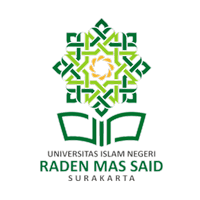RELIGIOUS MODERATION BASED ON LOCAL WISDOM IN THE ART OF REYOG PONOROGO
Contributors
Dr. Anip Dwi Saputro, M.Pd
Keywords
Proceeding
Track
General Track
License
Copyright (c) 2025 International Conference on Cultures & Languages

This work is licensed under a Creative Commons Attribution-NonCommercial-NoDerivatives 4.0 International License.
Abstract
Throughout its history, the Ponorogo Reyog art form has often been plagued by problems stemming from factors such as politics, ideology, and other factors. These challenges have helped mature and further develop the art form. One such issue is the ideological differences between religious beliefs and Islam, particularly between Reyog old, which adheres to traditions identified with animism and dynamism, and Reyog Santri, which uses Reyog art as a medium for Islamic propagation. To prevent conflict, moderation education is necessary. as an effort to unite various The view that unites the same pole, namely the mutual preservation of Reyog art, continues to develop with its respective variations. As a result, differences are inevitable, but respect and appreciation of each style must be prioritized over individual claims of truth, so that strong synergy is established among Reyog art preservers for further progress and development both in Indonesia and internationally .

